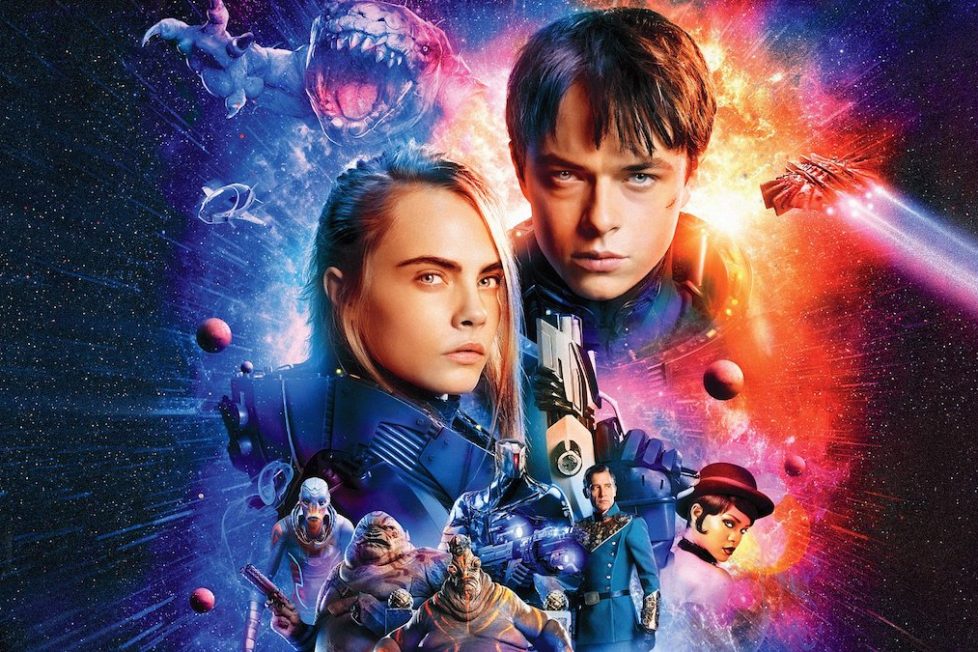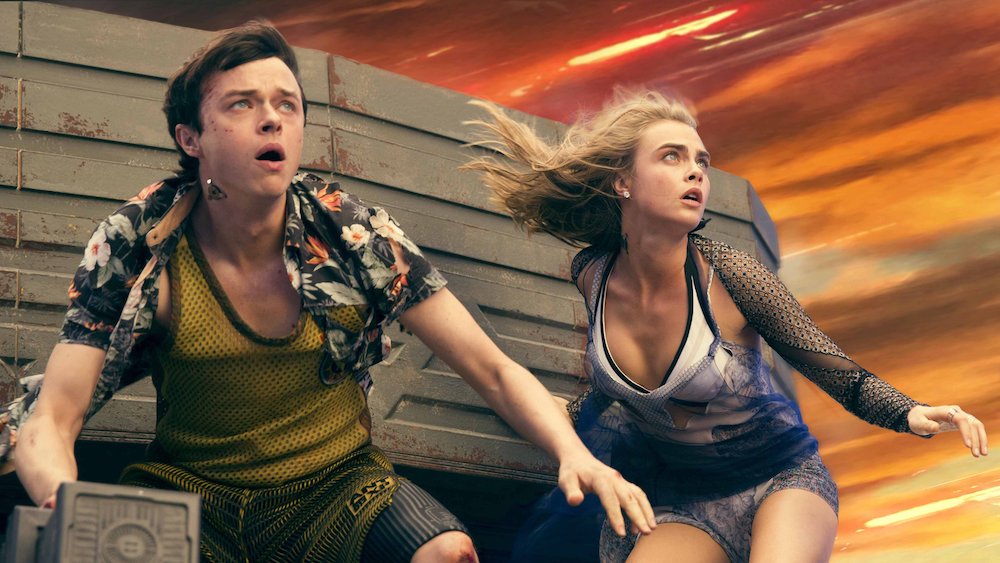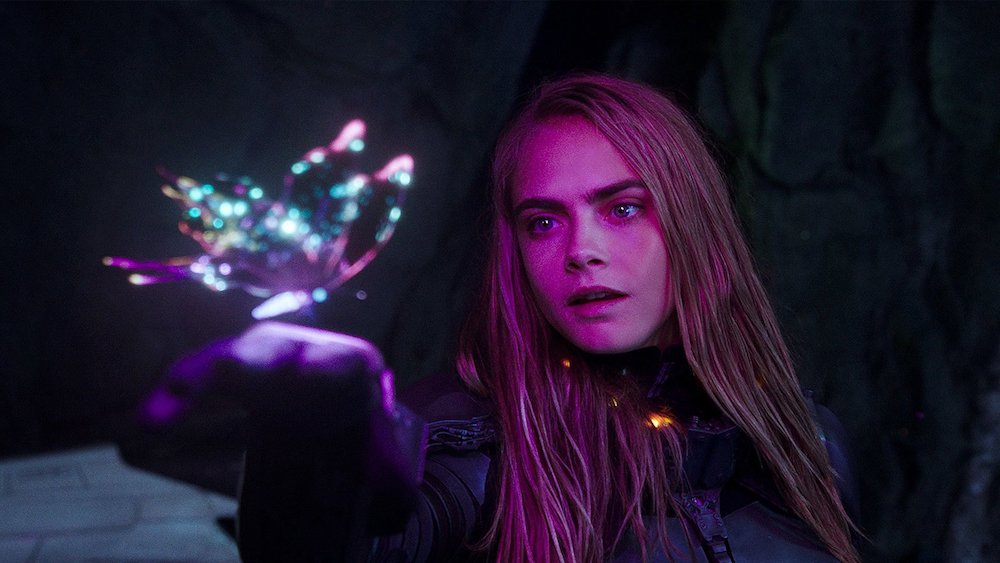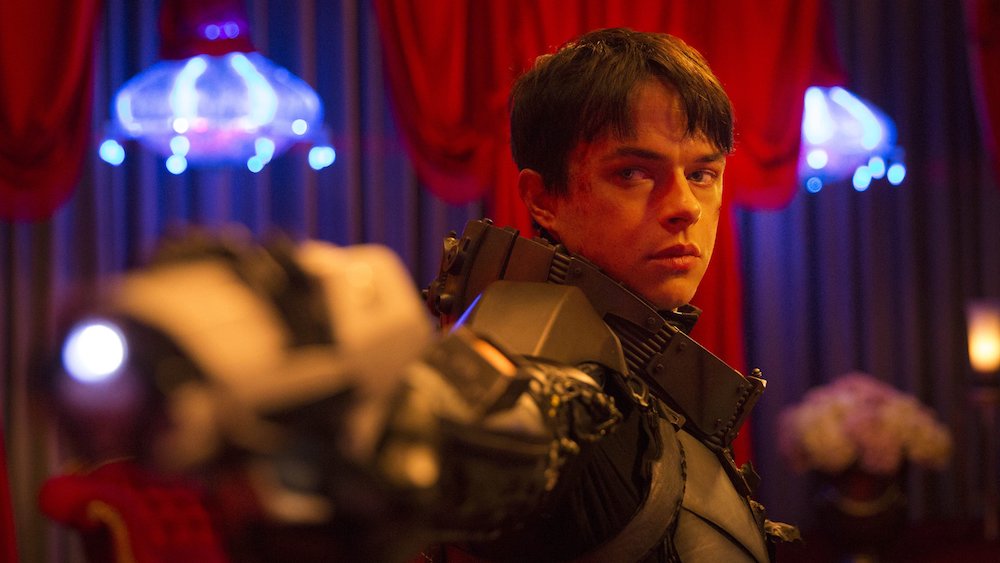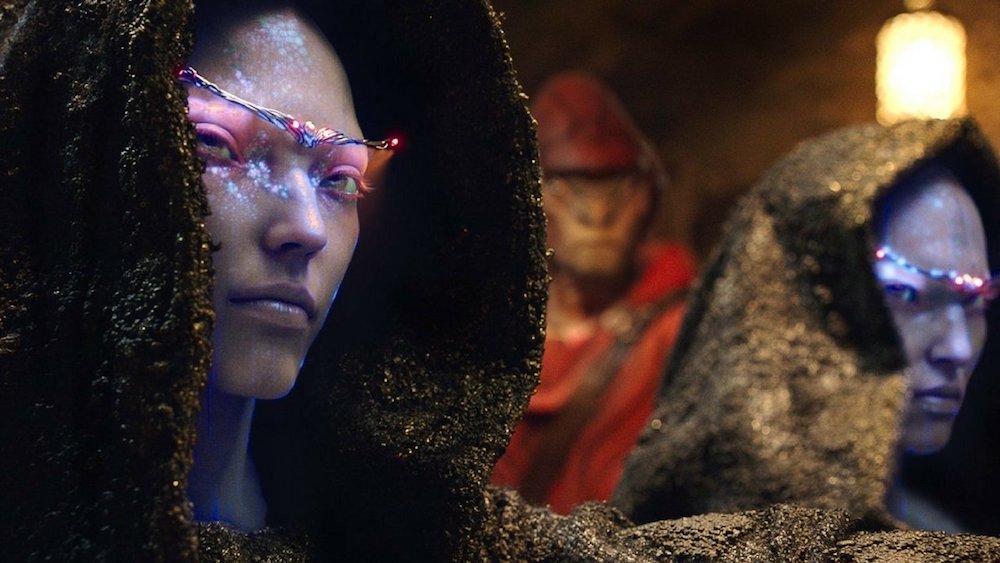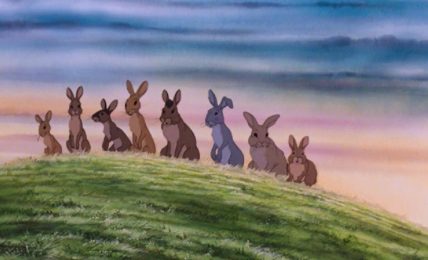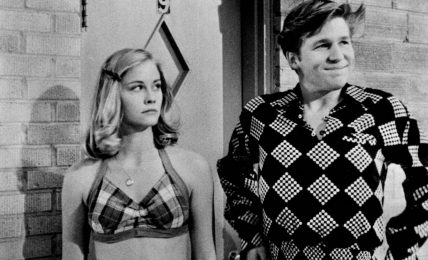VALERIAN AND THE CITY OF A THOUSAND PLANETS (2017)
As a dark force threatens Alpha (a spaceship metropolis home to species from a thousand different planets), special agents Valerian and Laureline race to identify the menace and safeguard the universe...
